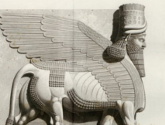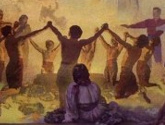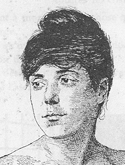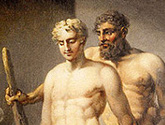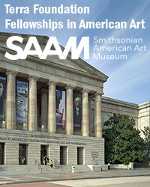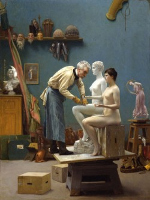X
Please wait for the PDF.
The browser will either open the file, download it, or display a dialog.
The browser will either open the file, download it, or display a dialog.

This article proposes that the linguist Jean-François Champollion posited a new theory of Egyptian art in the mid-1820s and takes his theory as a means for interpreting France’s first museum of Egyptian antiquities, the Musée Charles X, of which he was curator. This interpretation is made possible through the unprecedented use of digital tools to visualize a historic museum display. In addition to a scholarly essay and downloadable primary source material, this article invites readers to explore a fully-navigable, three-dimensional model of the Musée Charles X.
Following a poor reception in the Salon of 1848, Millet’s Captivity of the Jews in Babylon disappeared. In 1983, x-ray analysis of Young Shepherdess (ca. 1870–73; Museum of Fine Arts, Boston) revealed traces of the lost work. Reexamining the x-ray image (published in 1984 by Alexandra R. Murphy), this article sheds new light on the pressures shaping Millet’s decision to paint and exhibit the work.
This essay analyzes the 1895 exchange of letters between Paul Gauguin and August Strindberg as a form of mutually beneficial mythmaking. This collaborative endeavor performed for readers the intimate processes of understanding, translating, and persisting in the face of failed comprehension. As such, it bolstered the avant-garde myth of Gauguin’s painting as incomprehensible, and provided a mythical avant-garde viewer in Strindberg, who modeled for readers a difficult, private journey to the brink of understanding Gauguin’s art.
In Gustave Doré's Bible illustrations (first published in late 1865 in France), viewers witnessed the fragments of archaeological excavations circulating in museums, photographs, and publications, now rendered whole and placed within the familiar context of the Bible. The article argues that through its accumulation and reconstruction of archaeological fragments, the Doré Bible represents the various ways in which the biblical past operated in nineteenth-century France.
Alphonse Mucha devoted his later years to creating artworks for Slavic cultural awareness and causes, particularly a twenty-piece collection of paintings entitled The Slav Epic. This article traces the influences of Pan-Slavic writers on Mucha’s later works, and details the significance of the images chosen for the Epic, connecting the artist to the movement.





